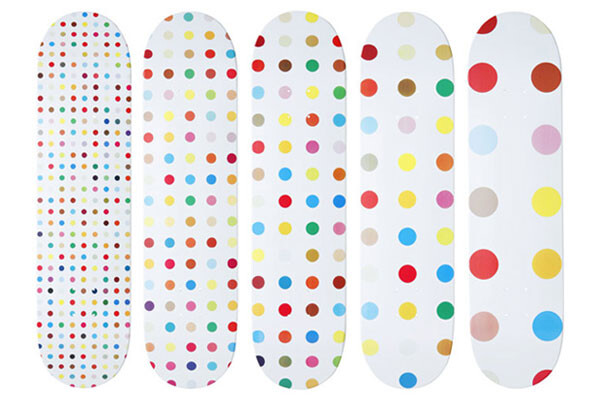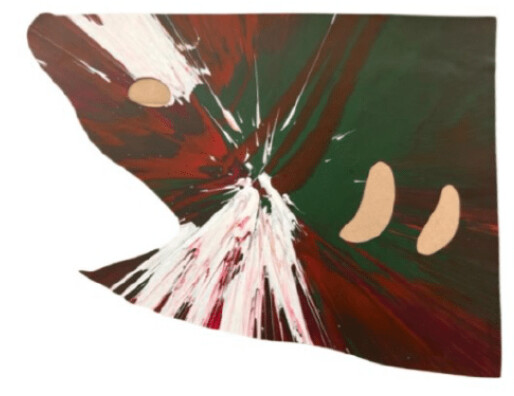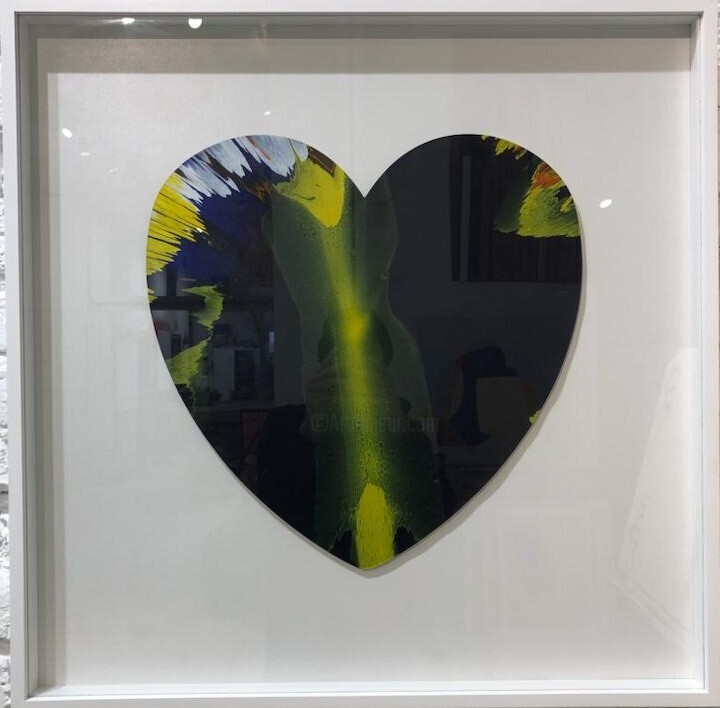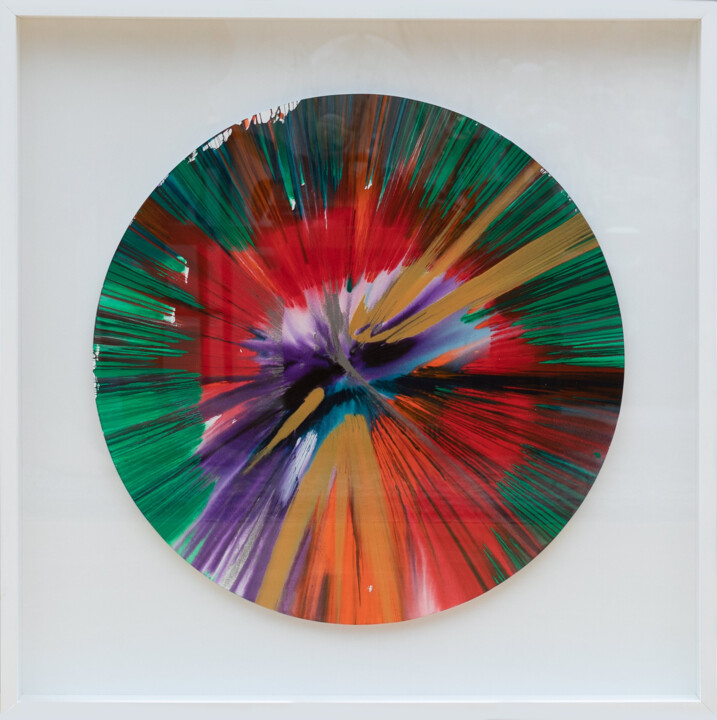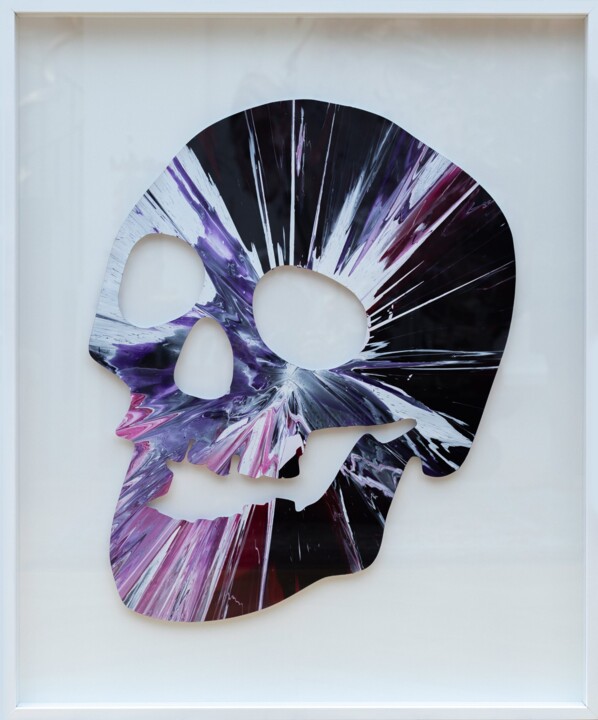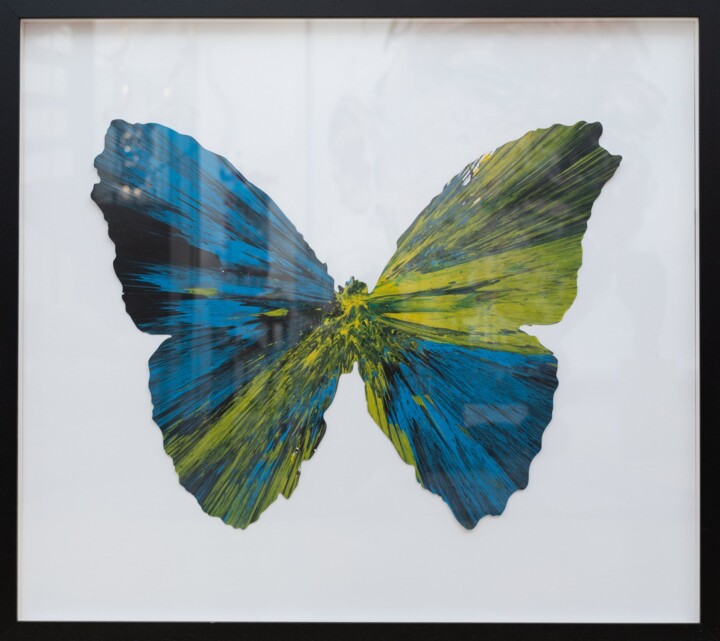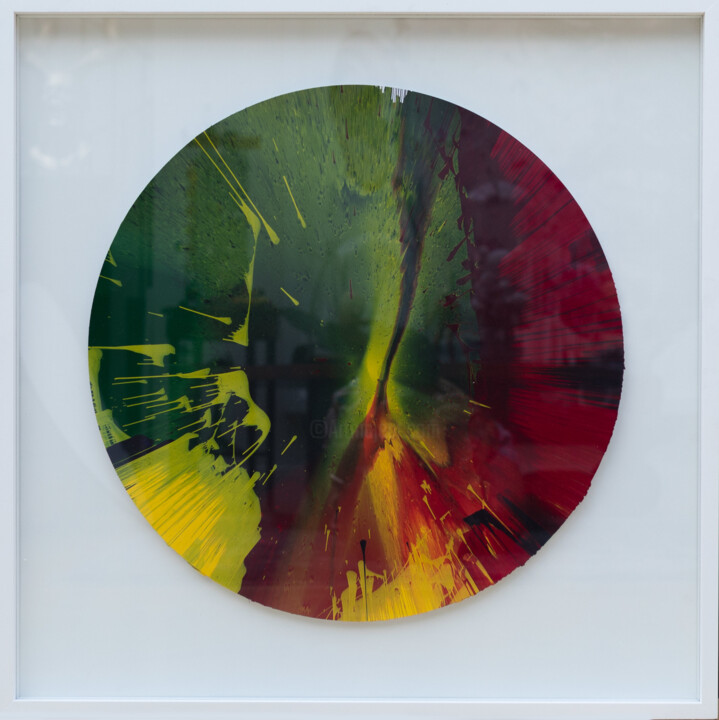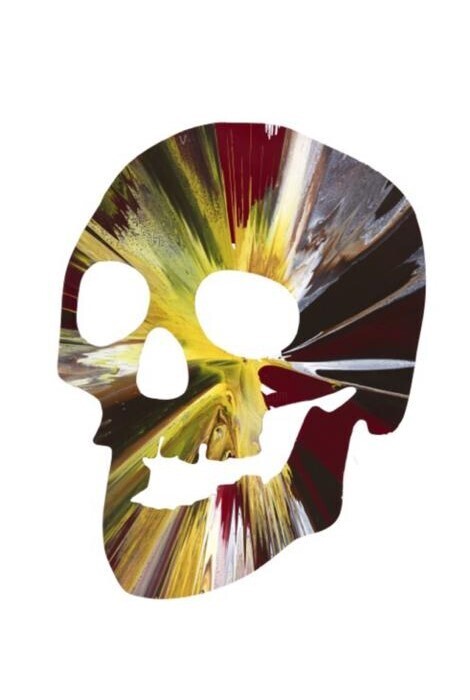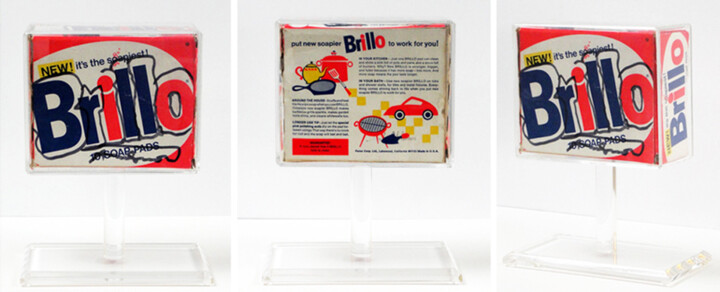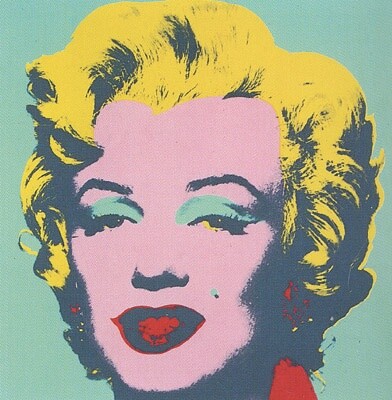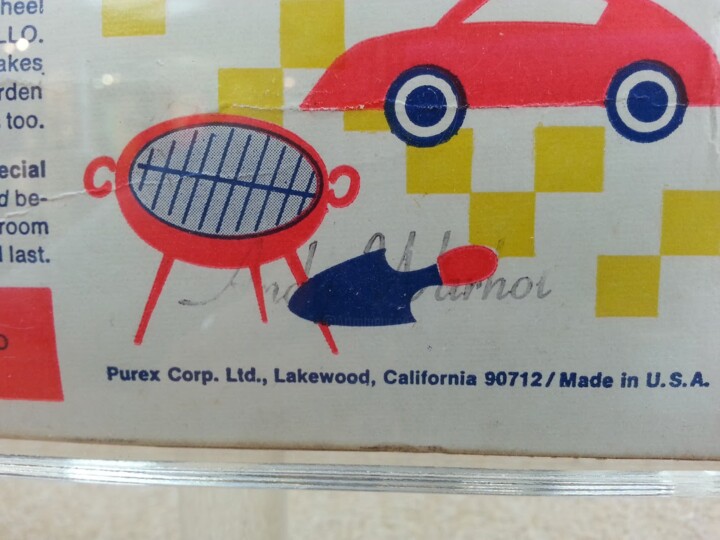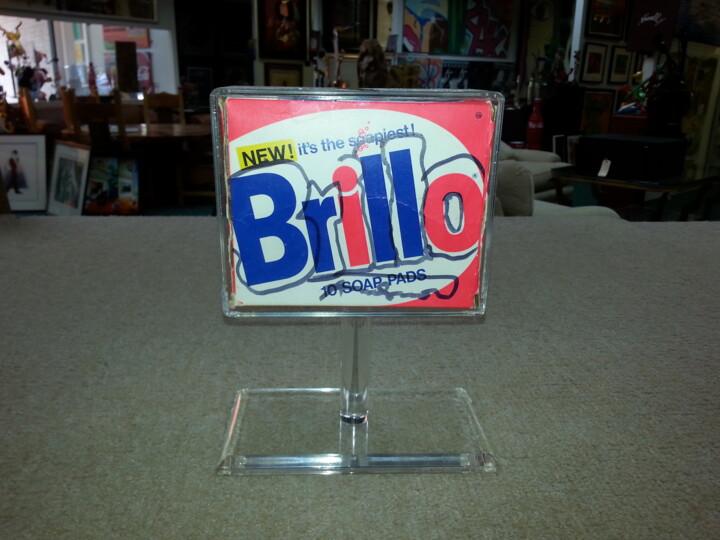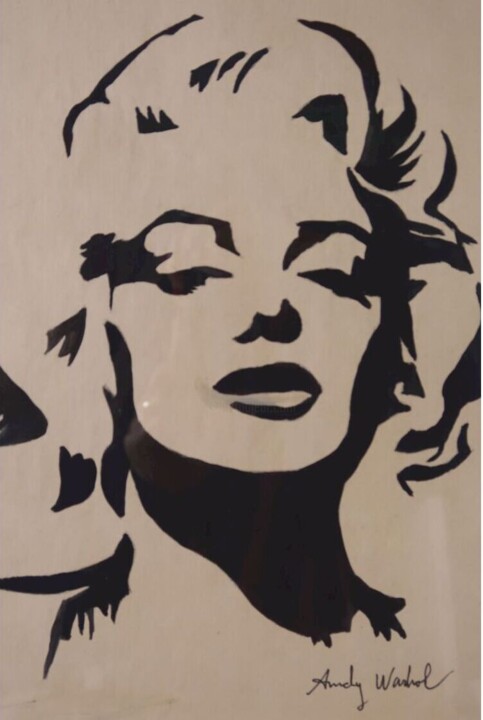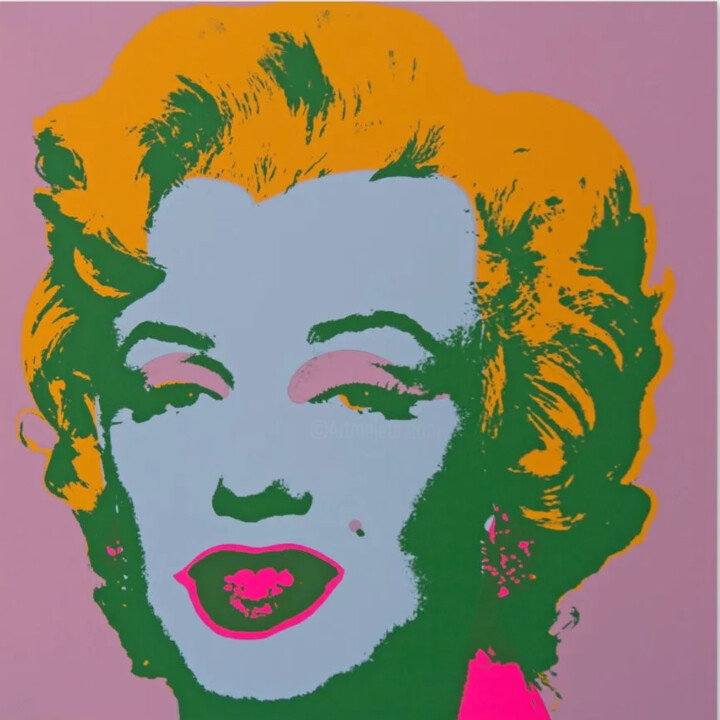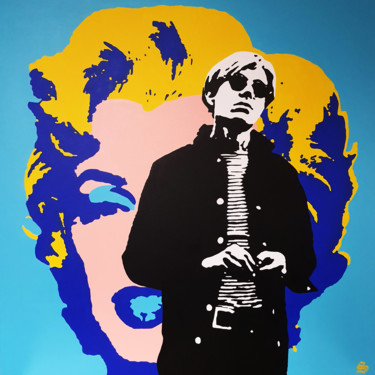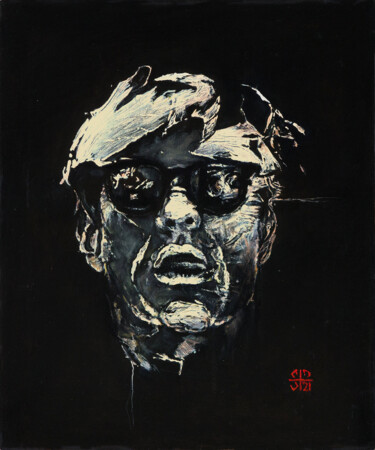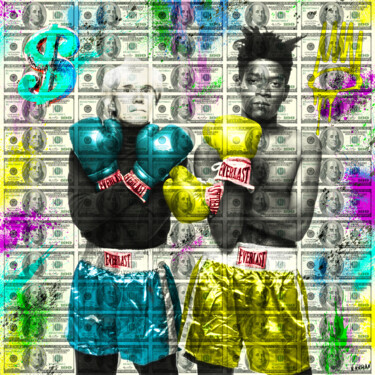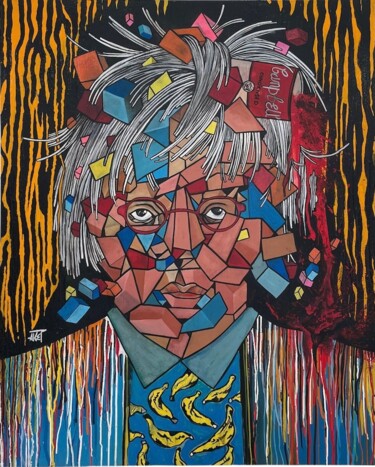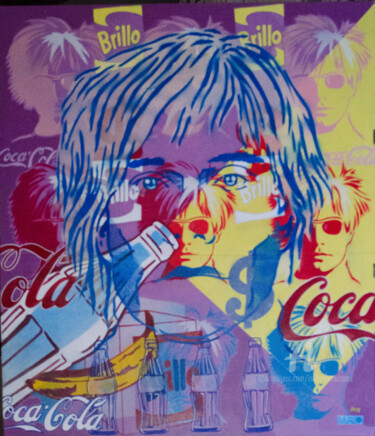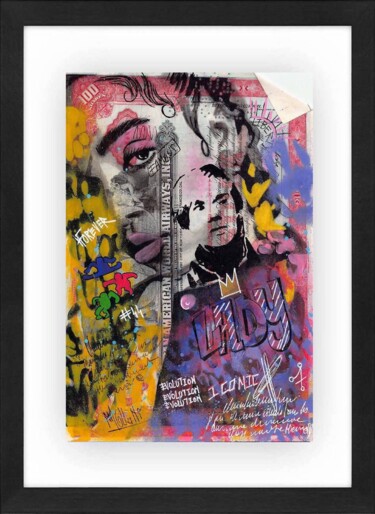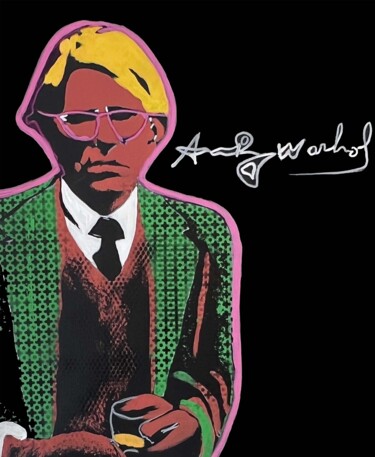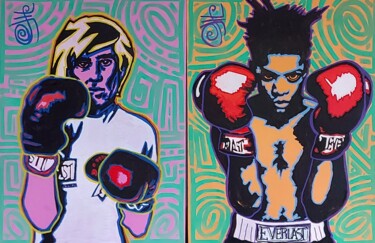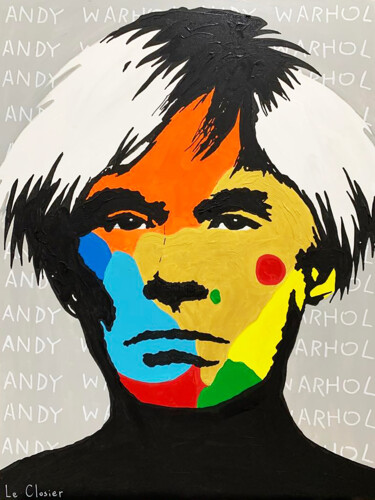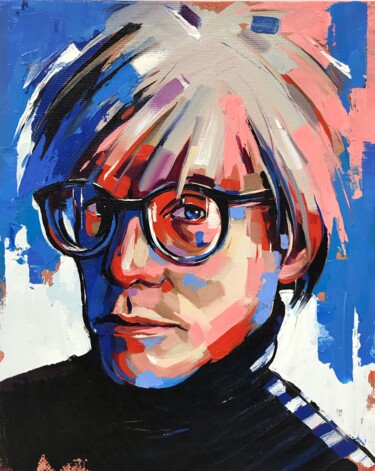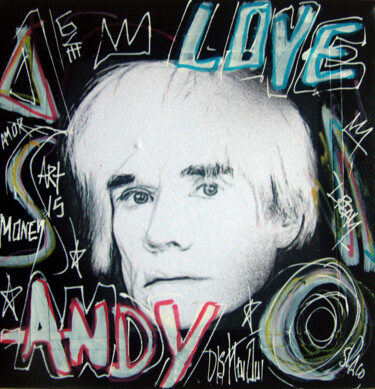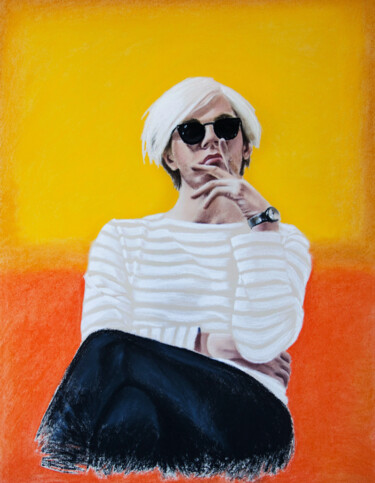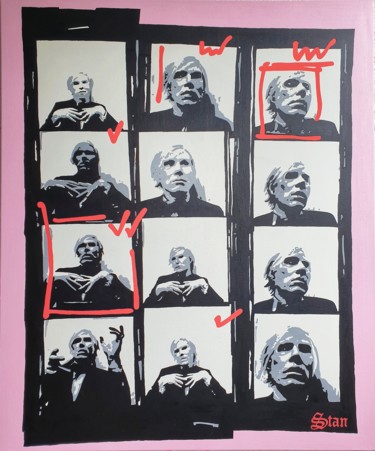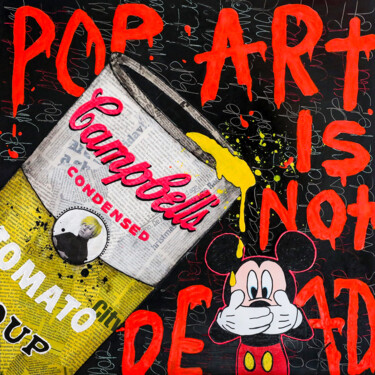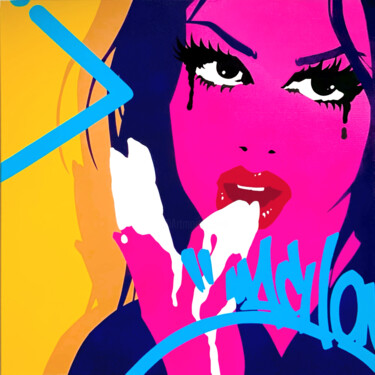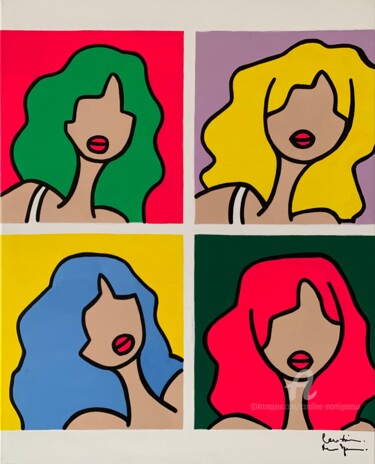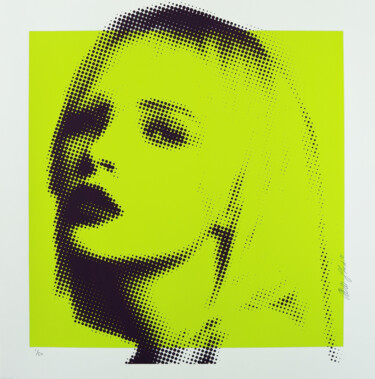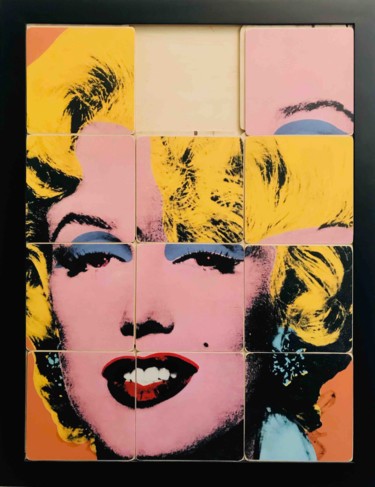Who is Charles Saatchi?
Charles Saatchi, born on June 9, 1943, is a prominent Iraqi-born British figure with a multifaceted career that spans the realms of advertising, art collection, and curation. He first gained widespread recognition for co-founding the renowned advertising agency Saatchi & Saatchi, along with his brother Maurice Saatchi. Established in 1970, the agency quickly rose to prominence and became a global advertising powerhouse, known for its innovative and influential campaigns.
Saatchi's early years in advertising set the stage for his enduring impact on the creative and commercial industries. His work at Saatchi & Saatchi helped shape the field of advertising and earned him a reputation as a visionary in the marketing and communications world. His keen understanding of consumer behavior and his ability to craft compelling advertising campaigns marked him as a leading figure in the industry.
While his accomplishments in advertising were significant, it was Saatchi's foray into the world of art that cemented his name in popular culture. He is perhaps best known for his role as a prolific art collector and patron of contemporary artists. His collection, which features a diverse range of works by artists like Damien Hirst, Tracey Emin, and the Young British Artists (YBAs), has had a transformative influence on the contemporary art scene.
Charles Saatchi's patronage played a pivotal role in the emergence and success of the YBAs, a group of young British artists who gained international recognition in the 1990s. His willingness to invest in their work and provide them with a platform through the Saatchi Gallery in London helped launch their careers. His impact on the art world is characterized by his ability to identify and support groundbreaking talent.
The Saatchi Gallery, founded by Charles Saatchi in 1985, serves as a dynamic hub for contemporary art. It has hosted numerous exhibitions and introduced the public to avant-garde and provocative art, often pushing boundaries and challenging conventional norms. The gallery, located in Chelsea, London, remains an essential destination for art enthusiasts and showcases Saatchi's dedication to promoting innovative artistic expressions.
Charles Saatchi's influence transcends his collecting and curatorial work. He is widely regarded as a polarizing figure within the art world, with his unapologetic approach to art curation and his affinity for controversial and provocative pieces. This notoriety has made him a central character in discussions about the intersection of art, commerce, and public opinion.
Despite his remarkable contributions to the art and advertising industries, Saatchi has not been without controversy. His personal life has often been under scrutiny by the media, particularly his marriage with the artist Nigella Lawson. These incidents have overshadowed some of his professional achievements and have added a layer of complexity to his public image.
Throughout his career, Charles Saatchi has remained an enigmatic figure, known for his eccentricities and unconventional taste in art. His dedication to fostering emerging talent, his establishment of the Saatchi Gallery as a vital institution, and his undeniable impact on contemporary art make him an influential and polarizing figure in the realms of both art and advertising.
Saatchi's art collection
Charles Saatchi's personal art collection is renowned for its extensive and influential nature within the realm of contemporary art. In his collection, a wide spectrum of artworks is on display, encompassing creations by both established and emerging artists. His collection has been instrumental in influencing the course of contemporary art and has left a deep imprint on the art market.
In 1969, at the age of 26, Saatchi made his debut in art collecting by purchasing a piece by Sol LeWitt, a New York minimalist. He initially supported the Lisson Gallery in Marylebone, London, which specialized in American minimalist art, and later acquired an entire exhibition by Robert Mangold.
During the early 1980s, Saatchi acquired a 30,000 square-foot warehouse at 98A Boundary Road in St John's Wood, a residential London suburb. Architect Max Gordon transformed this space into the Saatchi Gallery, which opened to the public in February 1985 to showcase the art Saatchi had amassed. During this period, his primary focus was on well-established artists who were actively engaged in contemporary art movements such as Minimalism and Neo-Expressionism. Notable artists from this era who became part of his collection included Phillip Guston, Alex Katz, Richard Serra, Anselm Kiefer, Sigmar Polke, Gerhard Richter, Julian Schnabel, and Andy Warhol. At various points, the Saatchi collection boasted impressive numbers, including 11 works by Donald Judd, 21 by Sol LeWitt, 23 by Anselm Kiefer, 17 Andy Warhols, and 27 by Julian Schnabel.
Furthermore, Saatchi became a member of the steering committee for the Patrons of New Art, an organization formed in 1982 by the Friends of the Tate Gallery. This group was dedicated to funding the acquisition of new artworks and promoting interest in contemporary British art. In 1984, the Patrons of New Art played a pivotal role in creating the Turner Prize, now a major annual award celebrating achievements in the visual arts in Britain. Subsequently, in 1985, Saatchi made a portion of his art collection accessible to the public at his gallery in St John's Wood, North London, although only a limited selection of his holdings was on display at any given time.
Regardless, by the late 1980s, Saatchi had firmly established himself as one of the primary patrons of contemporary art in Britain, owing to his gallery, philanthropic efforts, and substantial investments in the art world.
Over time, Saatchi's artistic preferences evolved, transitioning from American abstraction and minimalism to the Young British Artists (YBAs), whose work he first encountered at Goldsmith's Art School. Young British Artists was a group that included notable artists like Damien Hirst, Tracey Emin, Sarah Lucas, and many others. Saatchi's collection comprises pivotal pieces by these artists and underscores his instrumental role in launching their careers and propelling them into the international art scene. At the YBAs' 1990 Gambler exhibition, Saatchi made a significant purchase by acquiring Damien Hirst's first major 'animal' installation, titled "A Thousand Years." In 1991, he also acquired major artworks by Hirst and Marc Quinn, thus playing a pivotal role in launching their careers.
Saatchi's reputation as a patron reached its zenith in 1997 when he co-curated the highly acclaimed Sensation exhibition at the Royal Academy of Arts in London, featuring artworks by 42 Young British Artists (YBAs) sourced from his private collection. Sensation garnered extensive media attention, bringing significant recognition to the exhibiting artists, including Damien Hirst, Tracey Emin, Marcus Harvey, Rachel Whiteread, Jake and Dinos Chapman, Chris Ofili, Ron Mueck, Jenny Saville, Sarah Lucas, and others. This exhibition attracted over 300,000 visitors, setting a British record for contemporary art exhibitions. In 1999, Sensation traveled to The National Galerie at the Hamburger Bahnhof in Berlin, where it exceeded all previous attendance records. It also journeyed to the Brooklyn Museum of Art in New York, where certain works within the exhibition sparked controversy, yet it continued to break attendance records.
His collection encompasses a wide spectrum of contemporary art forms, ranging from painting and sculpture to installation art, photography, and video art. It reflects the dynamic and ever-evolving nature of contemporary artistic expression. Notably, Saatchi's collection is characterized by a penchant for provocative and controversial art. His curated selection often challenges societal norms, pushes the boundaries of artistic conventions, and frequently provokes strong reactions and debates among viewers.
Diversity is a hallmark of the collection. It features a wide variety of artistic styles and thematic explorations. Abstract, figurative, and conceptual art coexist within the collection, with themes that encompass identity, consumerism, and the human condition.
Saatchi's approach to his collection is dynamic. He is known for frequently rotating the artworks and curating exhibitions that highlight different facets of contemporary art. This approach ensures that the collection remains fresh, relevant, and responsive to the evolving art world.
Many of the works from Saatchi's collection have been featured in exhibitions at the Saatchi Gallery in London, an institution he founded in 1985. The gallery has become a vital space for the public to engage with contemporary art and emerging artists, further solidifying Saatchi's commitment to showcasing innovative artistic expressions. In July of 2010, Charles Saatchi made a public declaration of his intention to gift the Saatchi Gallery and more than 200 art pieces to the state, transforming it into the Museum of Contemporary Art for London. The Saatchi Gallery earned a place on a list of the world's most frequented art museums.
Saatchi's collection and acquisitions have also significantly impacted the art market. The recognition and market value of particular artworks and artists have been notably influenced by his support and acquisitions. His role in boosting the careers of emerging artists and elevating their stature in the art world is a defining aspect of his legacy.
Saatchi's collection has occasionally stirred controversy, with some of the pieces considered provocative, sparking debates about the boundaries of art and the freedom of artistic expression. Charles Saatchi's personal art collection is a reflection of his distinctive taste, his commitment to nurturing emerging talent in the contemporary art world, and his role in shaping the trajectory of contemporary art. His collection and patronage continue to be pivotal in the ongoing evolution of the contemporary art scene.

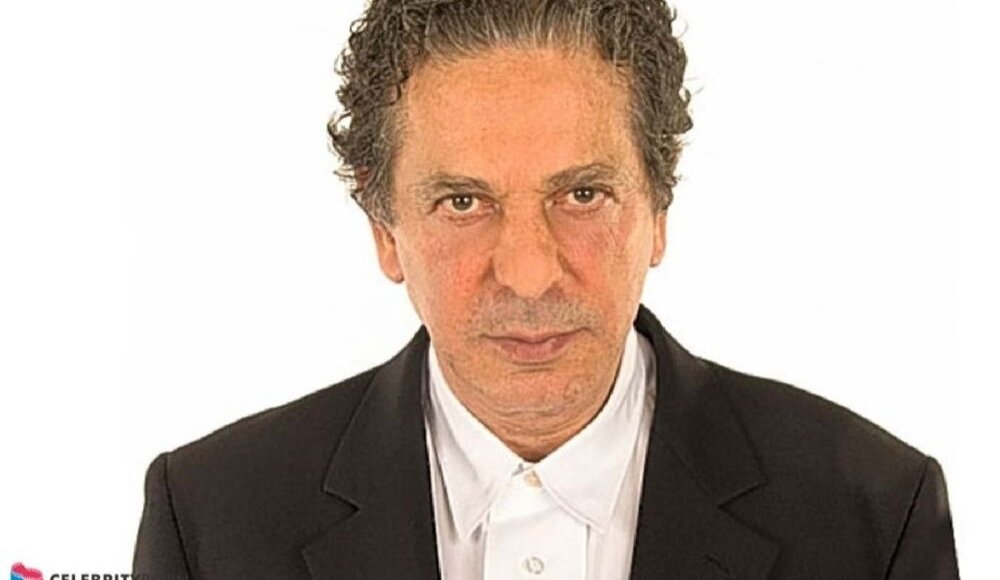
 Selena Mattei
Selena Mattei

